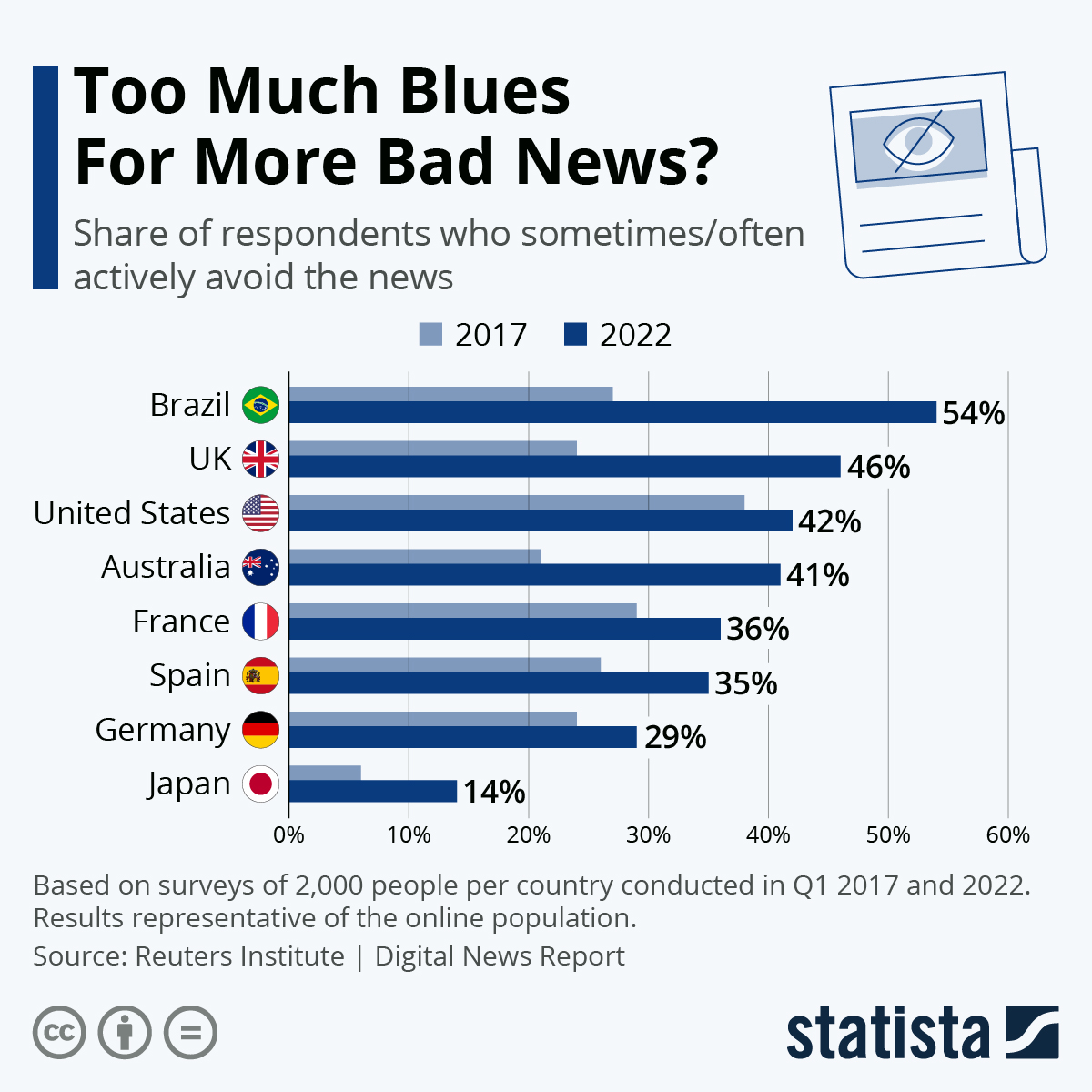
Take a look here
トランジションを使って、聞き手の注意をひきます。
Here are two graphs. Take 90 seconds to give an overview and highlight key points.

Your teacher will give two short presentations on the graphs, above.
What's the difference? Which one is easier to understand?
A. Phrases for location
- On the left/right...
- On the far left/right...
- At the top/bottom...
- In the top left/bottom right...
- Shown in red/blue/purple/etc.
Practice: Use each of the phrases to direct your teacher's attention to a part of the graph above. Your teacher will read the information in that area. For example:
Student: On the far right, shown in gold.
Teacher: 26.4%?
Student: That's right.
B. Phrases to move ahead
- Take a look at the graph on the left/right...
- Compare that to the next/previous/other graph.
- Next, turn your attention to this graph. We can see...
- Let's move on to...
Practice: Select key information from the graph above. Direct your teacher using these phrases.
Look at the graph below.
Use the skills you have learned to direct your teacher's attention around the graph.

[For more on the graph, see this discussion post from The English Farm: "Visuals: Avoiding the news".]